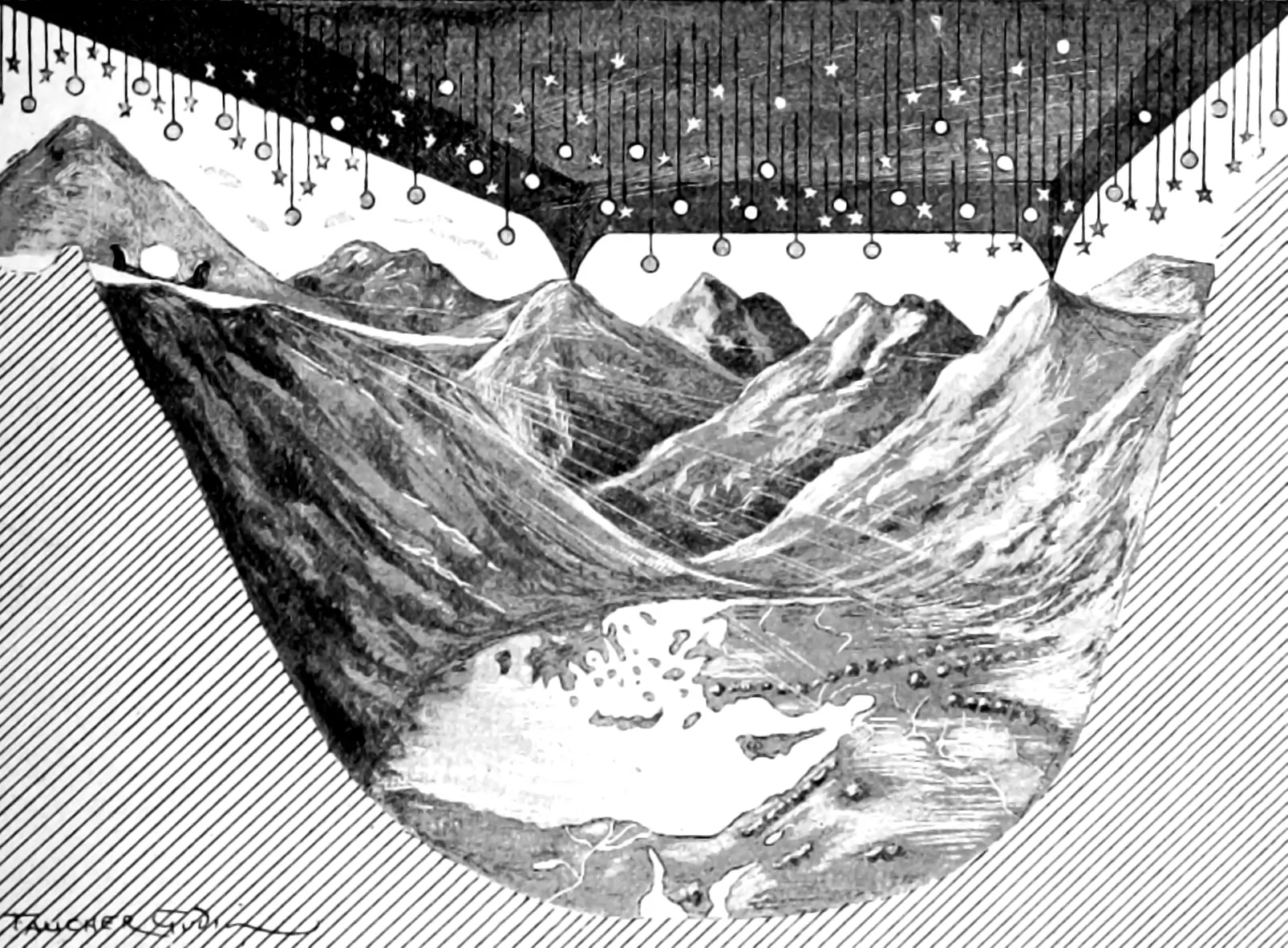Model order reduction
2015-03-22 — 2023-04-21
Wherein the approximation of complex models by projection onto a dominant subspace is presented, the practice of emulation via low-dimensional summaries is surveyed, and the prevalence of specialized terminology is noted.
feature construction
functional analysis
linear algebra
machine learning
networks
neural nets
PDEs
physics
probability
sparser than thou
statistics
statmech
surrogate
topology
The traditional means of emulating a complicated model is to find an approximation to it by using some kind of dominant subspace to summarize the behaviour of the model.
A highly developed, powerful field with dense jargon.
1 References
Amsallem, Zahr, and Farhat. 2012. “Nonlinear Model Order Reduction Based on Local Reduced-Order Bases.” International Journal for Numerical Methods in Engineering.
Ghattas, and Willcox. 2021. “Learning Physics-Based Models from Data: Perspectives from Inverse Problems and Model Reduction.” Acta Numerica.
Gladish, Pagendam, Peeters, et al. 2018. “Emulation Engines: Choice and Quantification of Uncertainty for Complex Hydrological Models.” Journal of Agricultural, Biological and Environmental Statistics.
Peherstorfer, and Willcox. 2015. “Dynamic Data-Driven Reduced-Order Models.” Computer Methods in Applied Mechanics and Engineering.
Pestourie, Mroueh, Rackauckas, et al. 2022. “Physics-Enhanced Deep Surrogates for PDEs.”
Siade, Cui, Karelse, et al. 2020. “Reduced‐Dimensional Gaussian Process Machine Learning for Groundwater Allocation Planning Using Swarm Theory.” Water Resources Research.
Zahr, and Farhat. 2015. “Progressive Construction of a Parametric Reduced-Order Model for PDE-Constrained Optimization.” International Journal for Numerical Methods in Engineering.
